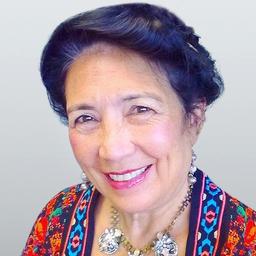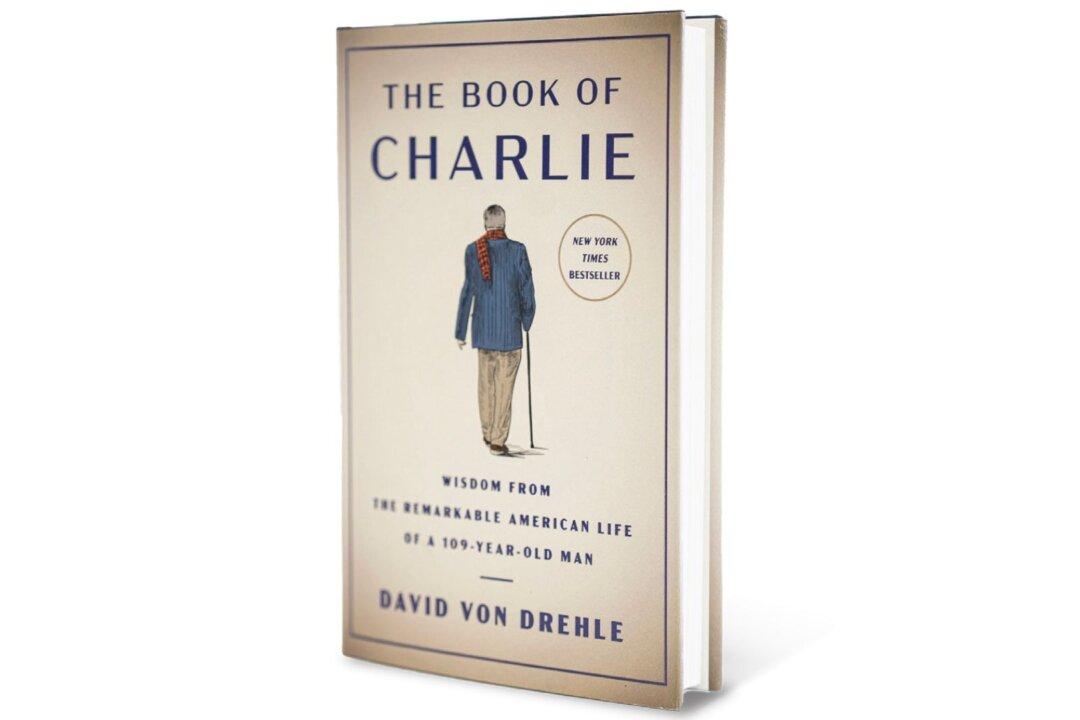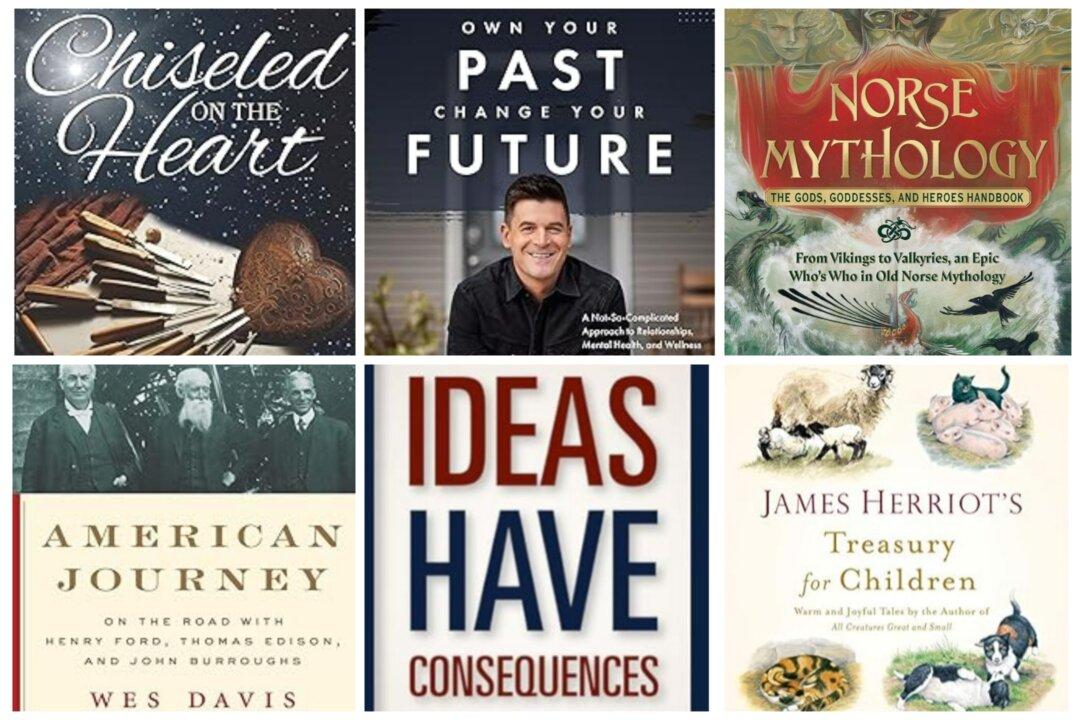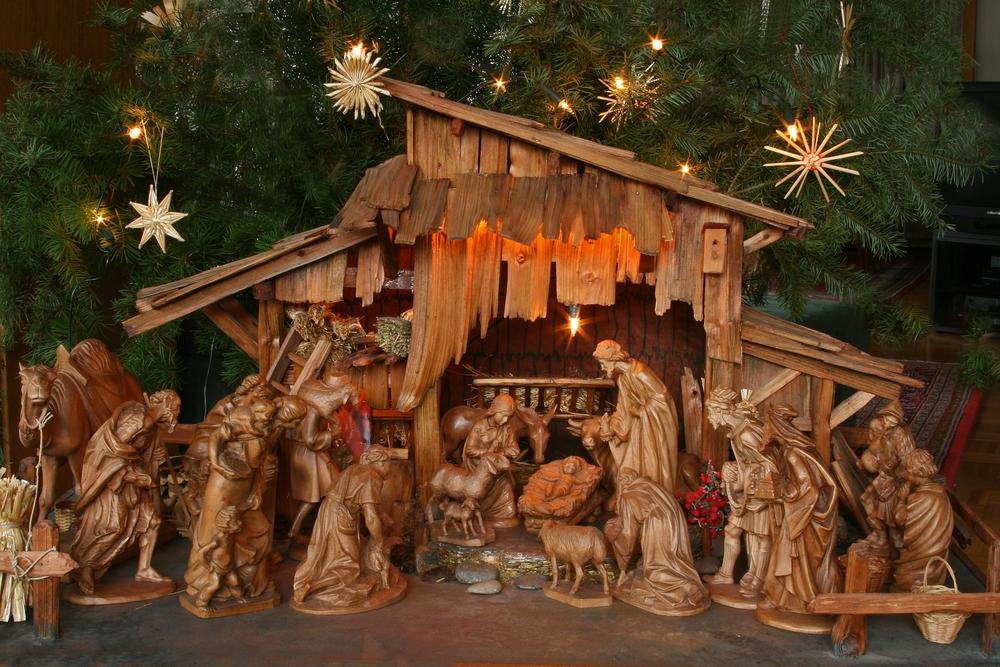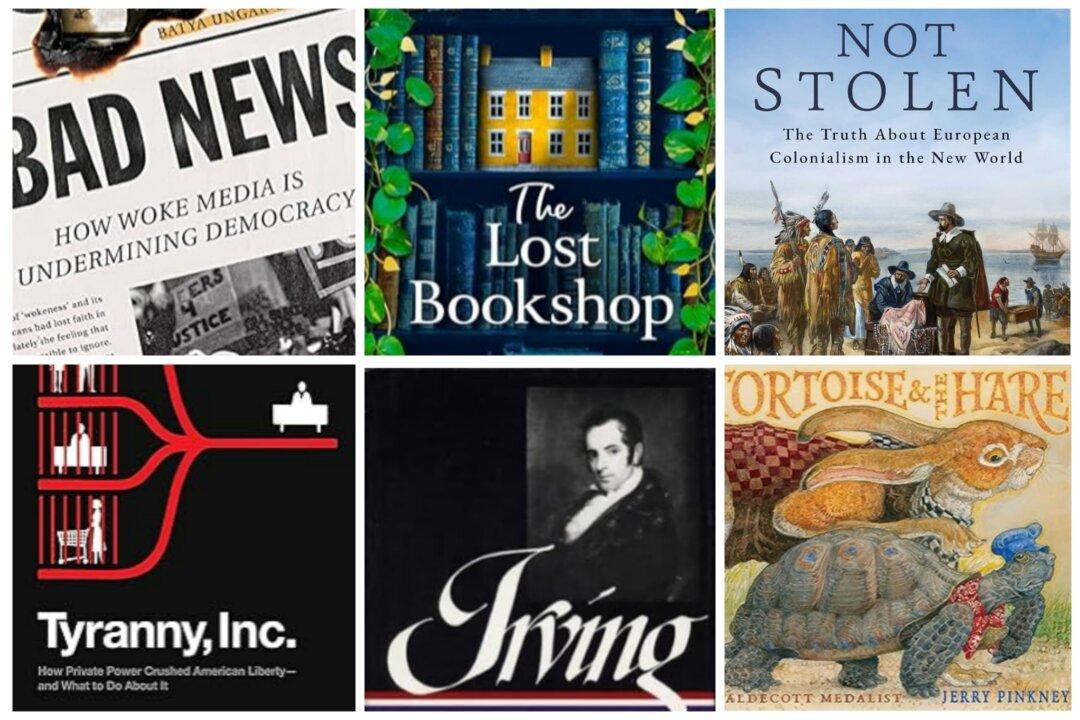Presidents Day is a few weeks away (Feb. 20), as is Ash Wednesday (Feb. 22), which is George Washington’s birthday and the beginning of the Lenten season. Back in 2012, for Presidents Day, a group of Washington historians came up with a unique idea to pay tribute to our 16th president, Abraham Lincoln. To physically illustrate his historical significance, a tower of books was erected with books written about him, numbering some 7,000 titles. (In fact, at that time, some 15,000 books had been written about him.) The tower soared some 34 feet tall and was about 8 feet around. Notably, this towering tribute rose up through the middle of a spiral staircase in the lobby of the new Ford’s Theatre Center for Education and Leadership.
Lincoln Literature at Its Finest
Abraham Lincoln was assassinated on April 14, 1865, Good Friday, at Ford’s Theatre. He died the next morning around 7 a.m. suffering from a gunshot wound to his left temple.With thousands of books already written about this self-educated lawyer from Kentucky who ascends to the presidency and advocates for the rights of African-Americans, is there room for another? One that might tower over others?


